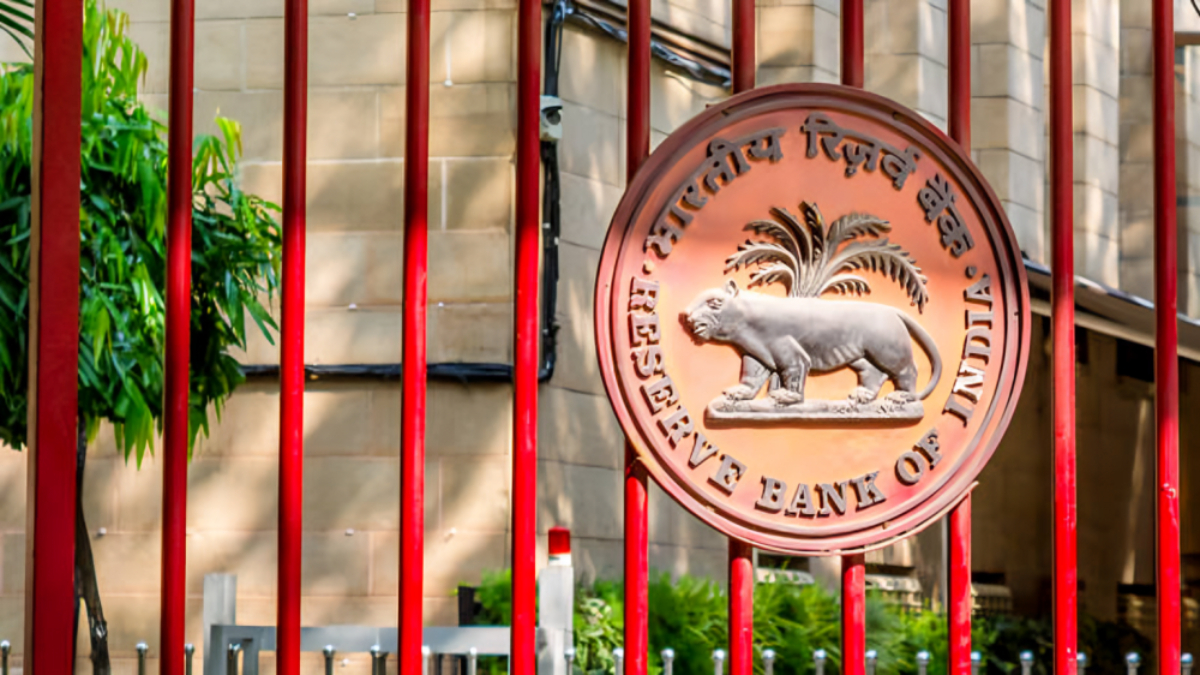The Reserve Bank of India (RBI) decided to maintain its key lending rate at 6.5% for the seventh consecutive time during the bi-monthly Monetary Policy Committee (MPC) meeting held in New Delhi. RBI Governor Shaktikanta Das announced that the decision was made by a 5:1 majority. With the repo rate unchanged, it is expected that the loan interest rates will also remain stable. Following six consecutive rate hikes totaling 250 basis points since May 2022, the RBI had put a pause on the rate increase cycle in April.
‘Inflation Closer To Targets’
The Governor of the RBI stated that inflation is edging closer to the desired targets, with a projected retail inflation rate of 4.5% for the current year. The government has entrusted the RBI with the responsibility of keeping retail inflation at 4%, allowing for a 2% margin on both sides.
Mr. Das mentioned that core inflation has consistently decreased over the past nine months, while the fuel component has experienced deflation for six consecutive months. He further emphasized that the strong prospects for economic growth provide an opportunity for the policy to maintain its focus on controlling inflation.
Nevertheless, challenges persist due to uncertainties in food prices, as stated by him. He also mentioned that the MPC is closely monitoring the potential risks of inflation that could disrupt the disinflation trajectory. “The significant volatility in food inflation is hindering the progress of disinflation,” he remarked.
7% Growth Projected
The RBI Governor mentioned that the country is anticipated to expand by 7% this fiscal year, with growth of 7.1% projected in the April-June quarter and 6.9% in the July-September quarter. He emphasized that “The risks are evenly balanced.” The Indian rupee has maintained a relatively stable range and is considered the most stable among major currencies, as per Mr. Das. He noted that “Compared to the past three years, the rupee displayed the least volatility in FY24. The rupee’s stability is a reflection of strong macroeconomic fundamentals and external position,” he elaborated. Furthermore, Mr. Das highlighted that India’s liquidity situation improved in March, while average borrowings under the marginal standing facility, which permits banks to borrow funds, decreased. India remains the top recipient of remittances, with a notable upturn in the country’s foreign portfolio investment, as stated by the RBI Governor. He also mentioned that the country’s forex reserves have reached a record high. Additionally, Mr. Das pointed out that the global economy has shown resilience, and global trade is expected to grow at a faster pace in 2024.

